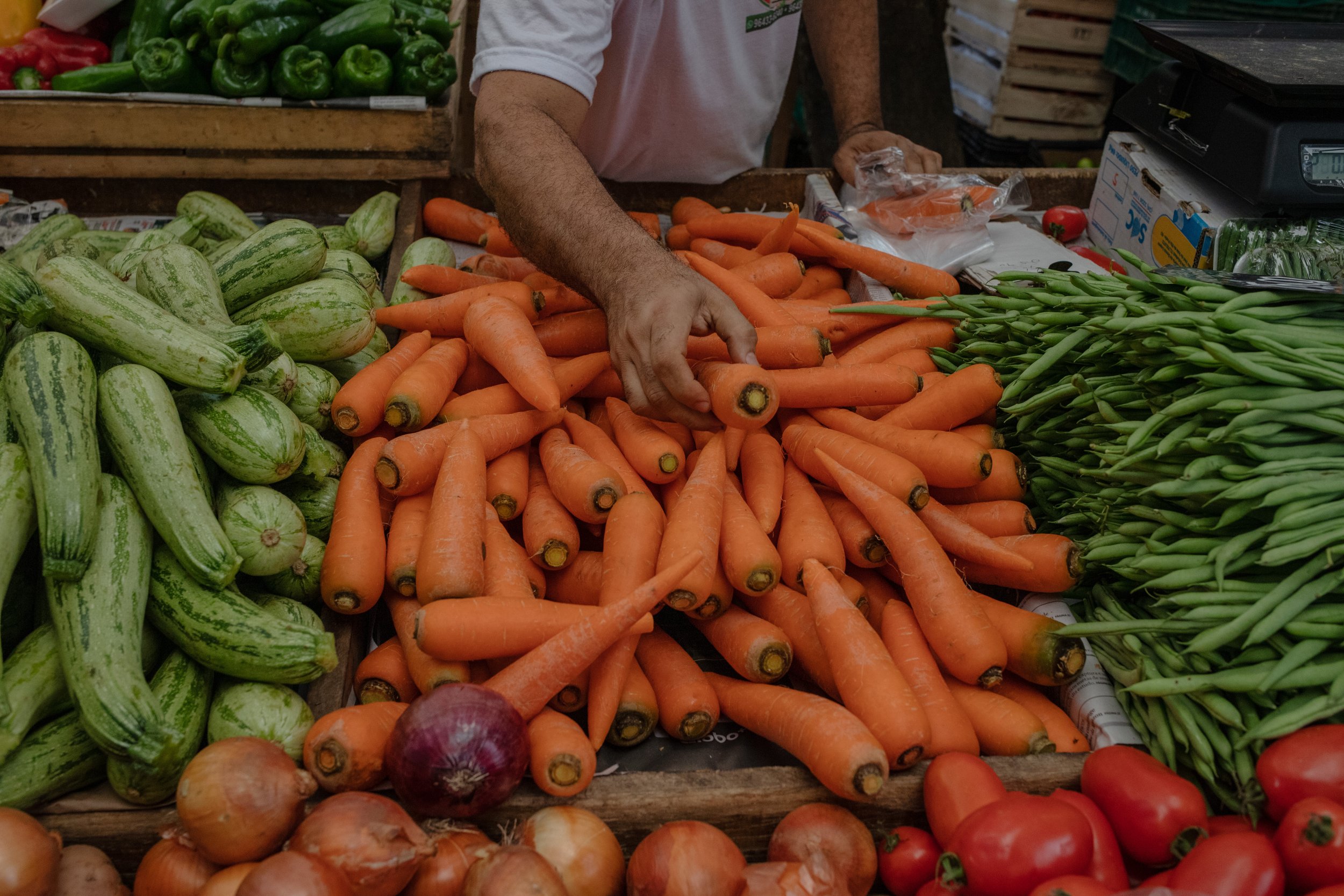Fighting Hunger in Brazil (2022)
While Brazil is one of the largest agricultural producers and exporters in the world, amid soaring inflation and growing poverty, the country returned to the hunger map last year, when an estimated half of the country's population faced food insecurity. From 2021 to 2022, the number of households facing hunger in the country jumped from 9% (19 million people) to 15.5% (33 million people), according to data collected by Rede Penssan. The cost of basic food items such as produce, meat, beans and cooking oil and gas sky rocketed, becoming too expensive for many families in urban and rural regions around the country, while access to land and credit for family farming, responsible for producing much of the food that makes it to the population’s plates, has also been slashed. In cities and the outskirts of cities like Rio de Janeiro and Recife, dozens of community kitchens began to serve meals in the most vulnerable areas. In Vila dos Milagres, outskirts of Recife, the community leader Josileide da Silva, known as "Vinha", transformed her living room into a small kitchen to prepare one thousand lunches a week. Since the onset of the pandemic, many similar kitchens organized by the Landless Worker's Movement (MST) and other social movements and organizations have helped communities throughout the state and country as much of its population has quickly slipped back into hunger.
Assignments covering growing inflation and hunger in the country for Bloomberg Businessweek and Bloomberg News: “Inflation is Upending Politics in the Most Unequal Region on Earth”.














